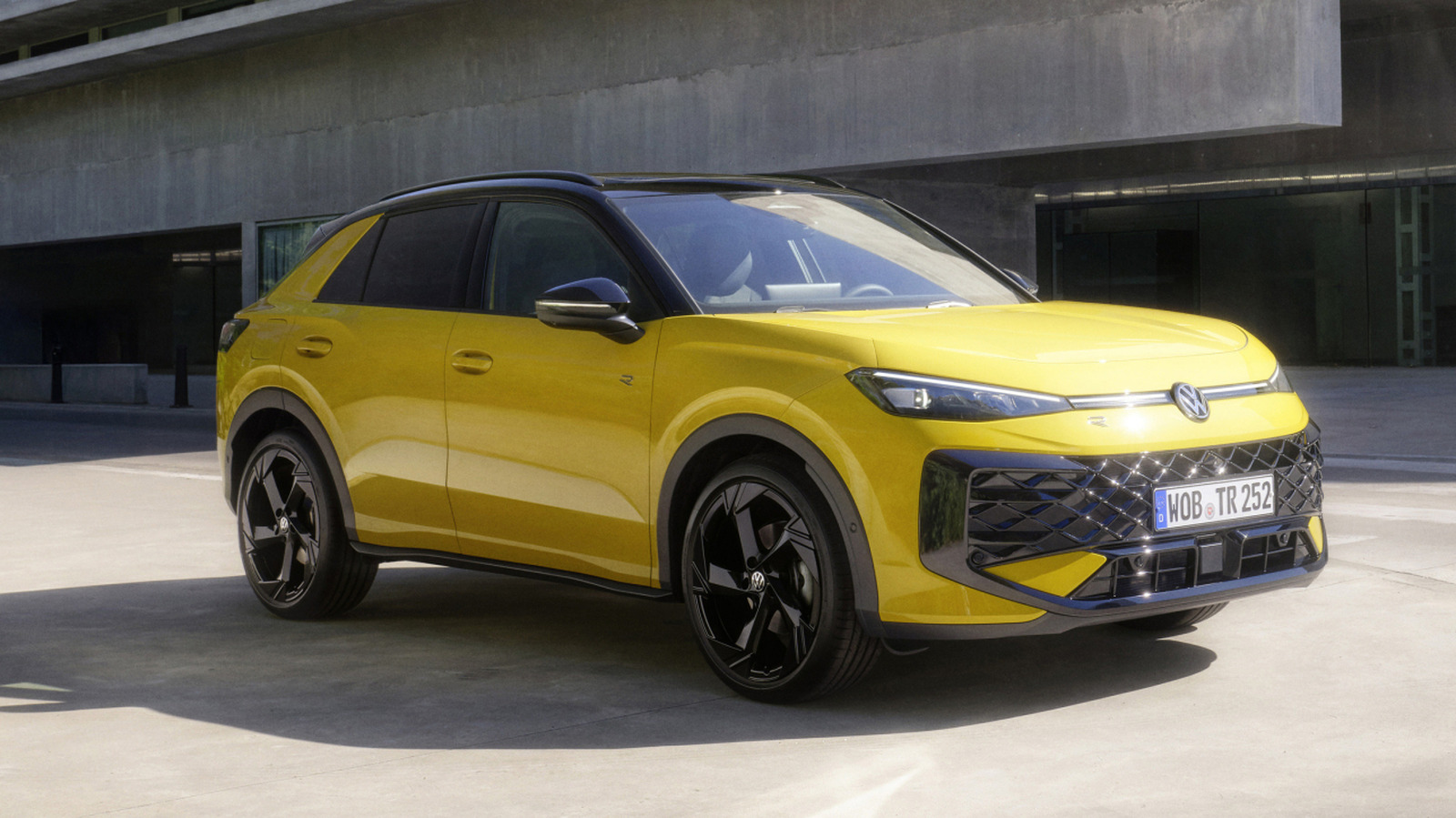What Makes the 2026 Volkswagen T-Roc Stand Out as the Last Gas-Only VW?
When Volkswagen announced the 2026 T-Roc would be its final new model powered solely by an internal combustion engine, it wasn’t just marking the end of an era—it was making a statement. For years, the T-Roc has quietly built a reputation as a practical, stylish crossover that punches above its weight. Now, as the curtain falls on VW’s gas-only lineup, the 2026 T-Roc is stepping into the spotlight with a blend of nostalgia and forward-thinking design.
So, what sets this model apart? For starters, Volkswagen didn’t phone it in. The 2026 T-Roc arrives with a refined exterior, sharper lines, and a more assertive stance. Inside, you’ll find an upgraded infotainment system, improved materials, and a cabin layout that feels both familiar and fresh. It’s clear VW wanted this last hurrah to be memorable, not just another mid-cycle refresh.
Why Is Volkswagen Ending Pure Gasoline Models Now?
The timing isn’t random. Across Europe and much of the world, stricter emissions regulations are forcing automakers to rethink their lineups. According to the European Automobile Manufacturers Association, the average CO2 emissions target for new cars is set to drop drastically by 2030. Volkswagen, aiming to be a leader rather than a follower, has already committed billions to electrification. The T-Roc, then, is a kind of swan song—one last nod to the combustion engine before the company pivots fully to hybrids and electric vehicles.
It’s also a business decision. Sales of electric and hybrid vehicles are climbing fast. In 2023, EVs made up nearly 15% of new car sales in Europe, according to the International Energy Agency. VW’s move to sunset gas-only models is about staying ahead of the curve, not playing catch-up.
How Does the 2026 T-Roc Compare to Previous Generations?
If you’ve driven an earlier T-Roc, you’ll notice the 2026 model feels more grown-up. The ride is quieter, the handling a touch more responsive, and the tech suite more intuitive. Volkswagen has clearly listened to customer feedback—there’s less clutter on the dashboard, and the digital cockpit is easier to navigate. The engine lineup, while still rooted in traditional gas power, benefits from incremental efficiency tweaks and lower emissions.
One area where the T-Roc has always excelled is versatility. Need a city runabout? It’s compact enough. Want to head out of town for the weekend? There’s plenty of cargo space and a comfortable ride for longer journeys. The 2026 version doesn’t reinvent the wheel, but it polishes what already worked.
What Does This Mean for Drivers Who Still Prefer Gasoline Cars?
If you’re not ready to go electric, the 2026 T-Roc might be your last shot at a new, purely gasoline-powered Volkswagen. That’s not just nostalgia talking—there’s real value in the simplicity and familiarity of a well-tuned gas engine. Maintenance is straightforward, and range anxiety isn’t a concern. Plus, the T-Roc’s reputation for reliability means you’re not sacrificing peace of mind for the sake of tradition.
That said, this is likely the last call. As charging infrastructure improves and battery costs drop, the case for sticking with gas-only cars will get harder to make. But for now, the T-Roc offers a kind of comfort food for drivers who aren’t quite ready to make the leap.
What’s Next for Volkswagen and Its Fans?
Volkswagen isn’t abandoning its roots—it’s evolving. Expect to see more hybrid and fully electric models rolling out in the next few years, many of which will borrow design cues and driving dynamics from the T-Roc and its siblings. The company’s ID. lineup is already making waves, and future models promise even more range, faster charging, and smarter connectivity.
For longtime VW fans, this shift might feel bittersweet. But there’s also excitement in the air. The move to electrification isn’t about erasing the past—it’s about building on it. Volkswagen’s engineers are already finding ways to inject the brand’s signature driving feel into electric platforms. The result? Pure magic.
The big takeaway? Saying goodbye to gas-only VWs isn’t about perfection—it’s about smarter adjustments. Start with one change this week, and you’ll likely spot the difference by month’s end.


